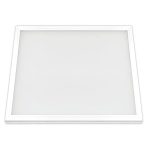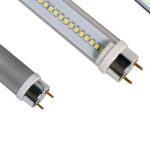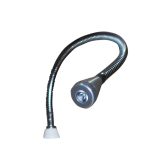Low Voltage LED Lights: How Many Watts Do They Really Use?
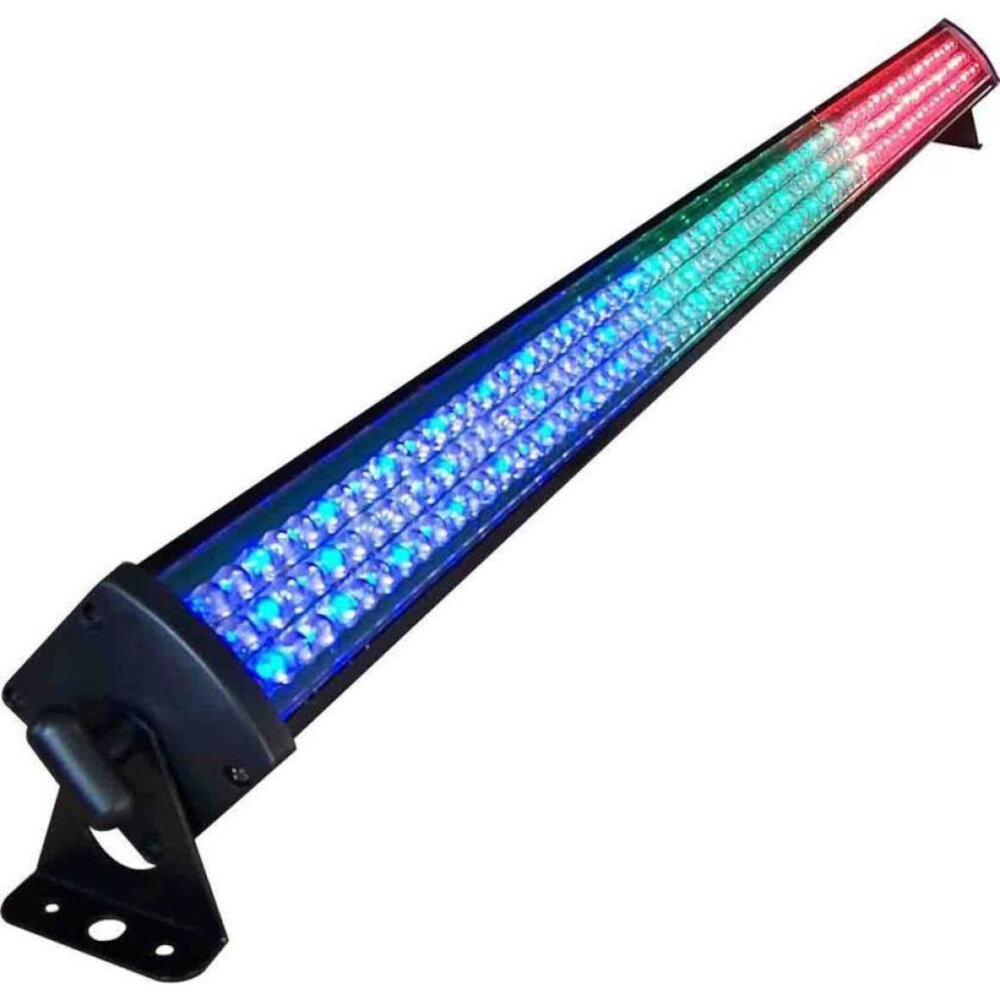
Low voltage LED lights have become increasingly popular in recent years, thanks to their energy efficiency, longevity, and versatility. However, many people are still confused about how many watts these lights actually use. While traditional incandescent bulbs are measured by their wattage, LED bulbs are measured by their lumens, which indicates the amount of light they emit. This means that comparing the wattage of an LED bulb to that of a traditional bulb can be misleading, as an LED bulb can produce the same amount of light while consuming much less energy. In this article, we will explore the topic of low voltage LED lights and the amount of watts they use. We will explain the difference between wattage and lumens, and how to calculate the actual energy consumption of an LED bulb. We will also discuss the benefits of using low voltage LED lights, including lower electricity bills, reduced environmental impact, and increased safety. Whether you are a homeowner looking to upgrade your lighting system or a business owner seeking to reduce your energy costs, this article will provide you with the information you need to make an informed decision.
Low voltage LED lights are a type of lighting technology that operates at a lower voltage than traditional lighting sources. These lights are designed to be energy-efficient and long-lasting, making them an ideal choice for residential and commercial settings. Unlike incandescent bulbs, which convert most of their energy into heat, low voltage LED lights convert most of their energy into light, making them much more efficient. They are also available in a wide range of colors and styles, from warm white to cool white, and can be used to create stunning lighting effects. Additionally, low voltage LED lights require very little maintenance and have a long lifespan, making them a cost-effective choice for anyone looking to upgrade their lighting system.
Understanding the wattage usage of low voltage LED lights is crucial for several reasons. Firstly, it helps you determine the amount of electricity consumed by the lights, which is essential for calculating your energy bills. Secondly, it enables you to choose the right transformer or driver for your LED lights, ensuring they receive the correct voltage and operate efficiently. Furthermore, knowing the wattage usage of your low voltage LED lights allows you to compare their energy consumption with other lighting options, such as incandescent, halogen or fluorescent bulbs, and make informed choices about the most energy-efficient lighting solutions. In summary, understanding the wattage usage of low voltage LED lights is essential for making informed decisions about energy consumption and efficiency.
Understanding Wattage

Wattage is a common term used to measure the amount of power consumed by an electrical device. In the case of low voltage LED lights, wattage becomes a crucial factor in determining their energy efficiency. LED lights are known for their energy-saving capabilities, and this is largely due to their low wattage consumption. Unlike traditional incandescent bulbs, which can consume up to 60 watts of energy, LED lights typically require only 3-10 watts to produce the same amount of brightness. This means that LED lights can save you up to 80% on your energy bill, making them an excellent choice for those looking to reduce their energy consumption and save money in the long run. It’s important to note that wattage alone does not determine the brightness of an LED light. The brightness of an LED light is measured in lumens, not watts. Lumens are a measure of the amount of visible light emitted by a light source. While wattage can give you a general idea of how much power an LED light consumes, it does not necessarily translate to brightness. Therefore, when choosing an LED light, it’s important to look at the lumens rating to ensure that you are getting the right level of brightness for your needs. By understanding wattage and lumens, you can make an informed decision when choosing low voltage LED lights for your home or business.
Wattage is a measure of the amount of electrical power consumed by a device or appliance. It is the product of the voltage and the current drawn by the device, measured in watts. The higher the wattage, the more energy a device consumes. The relationship between wattage and energy usage is direct and proportional, meaning that the higher the wattage, the more energy is used, and the higher the energy bill will be. In the context of low voltage LED lights, wattage is an important factor to consider when selecting the appropriate bulb for a particular application. LED lights consume less energy than traditional incandescent bulbs, and their wattage can vary depending on the brightness and color temperature desired. By choosing low wattage LED lights, consumers can save money on their energy bills while still enjoying high-quality lighting.
It’s important to understand the wattage usage of household items as it can affect your electricity bill and energy consumption. Common wattage usage for household items varies greatly, with some devices using only a few watts and others using hundreds or even thousands. For example, a typical LED light bulb uses around 9-15 watts, while a hair dryer can use up to 1,800 watts. Other common household items and their wattage usage include refrigerators (100-400 watts), televisions (50-400 watts), and computers (50-150 watts). By knowing the wattage usage of your household items, you can make informed decisions about energy efficiency and potentially save money on your electricity bill.
Low Voltage LED Lights
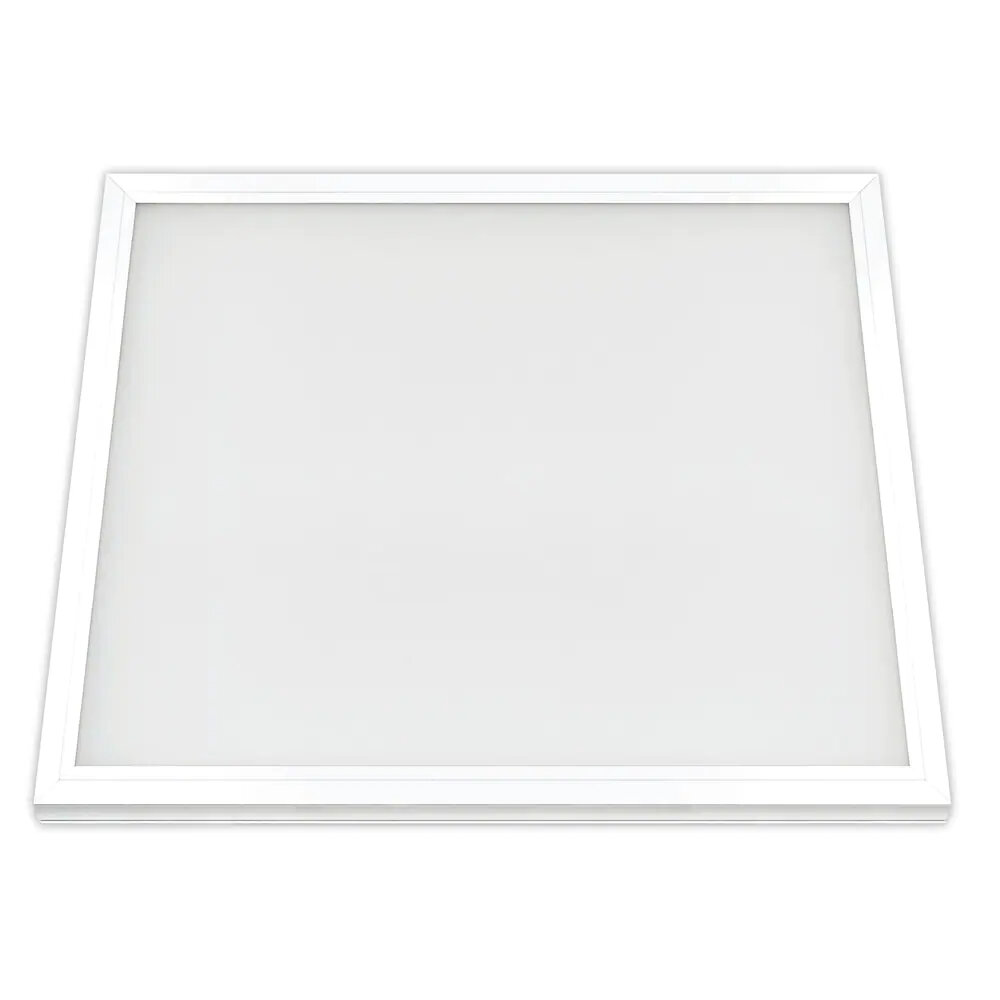
Low voltage LED lights are becoming increasingly popular due to their energy efficiency and long lifespan. These lights consume less power and produce less heat compared to traditional incandescent bulbs. They are eco-friendly and help in reducing carbon footprint. The low voltage LED lights are perfect for outdoor lighting, landscape lighting, and accent lighting. They come in a wide range of colors and can be used to create different moods and ambiances. The wattage of low voltage LED lights depends on the size and type of the light. Typically, these lights consume between 0.5 to 10 watts. They use a fraction of the energy compared to traditional bulbs, which can range from 40 to 100 watts. This means that low voltage LED lights can save a significant amount of money on energy bills. In addition, they require less maintenance and have a longer lifespan, which makes them a cost-effective lighting solution in the long run. Overall, low voltage LED lights are an excellent choice for anyone who wants to reduce their energy consumption and save money while still enjoying quality lighting.
Low voltage LED lights, as the name suggests, operate on a low voltage electrical network, typically 12 volts. These lights are designed to offer energy efficiency, making them a popular choice for both commercial and residential lighting. LED lights are known to consume up to 90% less energy than traditional incandescent lights, resulting in significant energy cost savings. Additionally, low voltage LED lights are long-lasting, with a lifespan of up to 50,000 hours, reducing the need for frequent replacements. The energy efficiency and durability of low voltage LED lights make them an excellent investment for those looking to reduce their energy consumption and carbon footprint without sacrificing the quality of lighting.
When it comes to wattage usage, low voltage LED lights are far more energy-efficient than traditional incandescent bulbs. While incandescent bulbs can consume anywhere from 40 to 100 watts of power, LED lights typically use only 4 to 20 watts to produce the same amount of light. This means that LED lights can save you up to 80% on your energy bill, making them a more cost-effective option in the long run. In addition to their lower wattage usage, LED lights also last much longer than incandescent bulbs, making them a more sustainable choice for lighting your home or office. Overall, choosing low voltage LED lights can help you save money, reduce your carbon footprint, and enjoy long-lasting, high-quality lighting.
How Many Watts Do Low Voltage LED Lights Really Use?
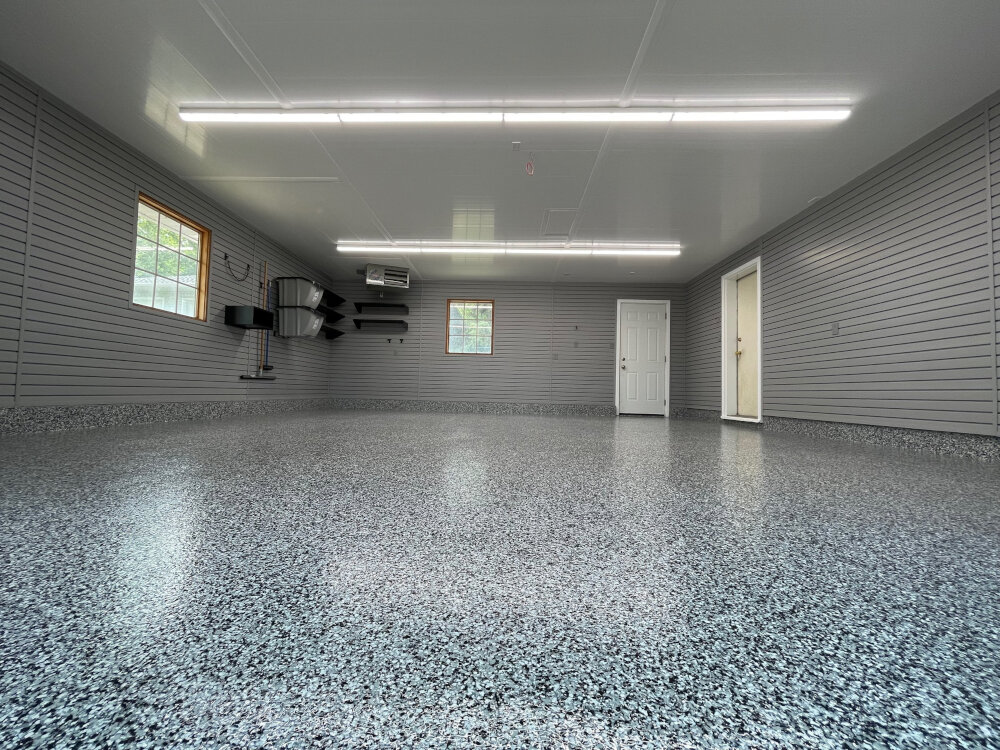
Low voltage LED lights are becoming increasingly popular due to their energy efficiency and long lifespan. However, many people are still unsure about how many watts these lights actually use. The answer to this question depends on several factors, including the brightness of the light, the type of LED bulb used, and the voltage of the system. Generally, low voltage LED lights consume between 0.5 and 10 watts per bulb. This is significantly less than traditional incandescent bulbs, which can use up to 60 watts or more. One of the main advantages of low voltage LED lights is their energy efficiency. They use much less power than other types of lighting, which can result in significant cost savings over time. In addition, LED lights have a much longer lifespan than traditional bulbs, which means that they do not need to be replaced as often. This can also help to save money, as well as reducing the amount of waste that is generated from discarded bulbs. Overall, low voltage LED lights are an excellent choice for anyone who is looking for an energy-efficient and eco-friendly lighting solution.
Low voltage LED lights are gaining popularity due to their energy efficiency and long lifespan. On average, low voltage LED lights use between 0.5 and 2 watts of power per bulb, depending on their brightness and color temperature. This is significantly less than traditional incandescent bulbs, which can use up to 60 watts per bulb. Additionally, low voltage LED lights can last up to 25 times longer than incandescent bulbs, making them a cost-effective and environmentally-friendly choice. It is important to note that the actual wattage usage of low voltage LED lights can vary depending on the specific product and usage, so it is recommended to check the manufacturer’s specifications before purchasing.
The wattage usage of low voltage LED lights can be influenced by various factors, including bulb brightness and color temperature. Bulb brightness, measured in lumens, indicates the amount of light output a bulb can produce, and as a general rule, the higher the lumens, the higher the wattage usage. Additionally, color temperature, measured in Kelvin, can also impact wattage usage as it affects the amount of energy required to produce different shades of light. For instance, warm white light requires less energy than cool white or daylight light. Therefore, it is crucial to consider these factors when choosing LED lights to ensure you get the desired amount of brightness while minimizing wattage usage.
Benefits of Low Voltage LED Lights
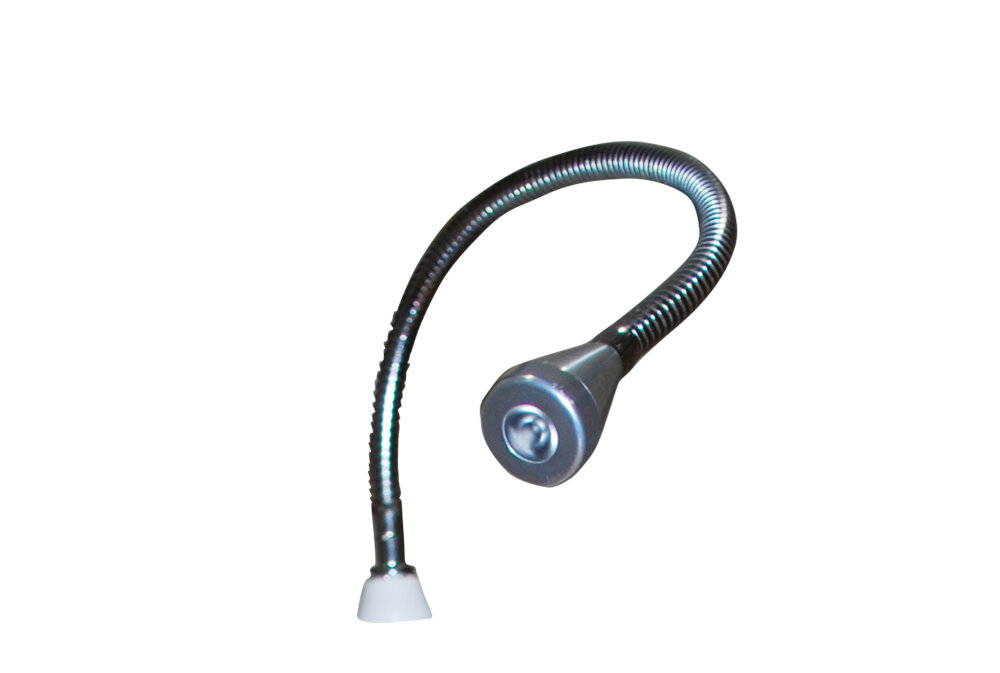
Low voltage LED lights are becoming increasingly popular due to their numerous benefits. One of the most significant advantages of these lights is their energy efficiency. They consume very little electricity, making them an ideal choice for anyone who wants to save on energy costs. In fact, low voltage LED lights can use up to 90% less electricity than traditional incandescent bulbs, which is a huge saving in the long run. This makes them a cost-effective option for both residential and commercial use. Another advantage of low voltage LED lights is their long lifespan. These lights can last up to 25 times longer than traditional incandescent bulbs, meaning that they require less frequent replacement. This not only saves money but also reduces waste and helps protect the environment. Additionally, low voltage LED lights do not contain harmful chemicals such as mercury, which can be found in other types of bulbs, making them a safer and healthier option. Overall, low voltage LED lights provide a wide range of benefits, from energy efficiency and cost-effectiveness to environmental friendliness and safety.
Low voltage LED lights have numerous environmental and cost-saving benefits. Firstly, they consume significantly less energy than traditional incandescent bulbs, resulting in a reduction in greenhouse gas emissions and a decrease in the carbon footprint. Secondly, they have a longer lifespan than traditional bulbs, meaning they require fewer replacements, resulting in less waste. Thirdly, they contain no toxic chemicals such as mercury, which poses a significant threat to the environment when disposed of improperly. Lastly, low voltage LED lights are cost-effective, as they consume less energy, resulting in lower electricity bills. Overall, the adoption of low voltage LED lights is an effective way to reduce the impact of lighting on the environment and save costs in the long run.
Low voltage LED lights are known for their energy-efficient and long-lasting performance, making them a cost-effective lighting solution compared to traditional bulbs. LED lights can last up to 25 times longer than incandescent bulbs, reducing the need for frequent replacements and maintenance costs. Additionally, LED lights consume significantly less energy than traditional bulbs, resulting in lower electricity bills and reduced carbon footprint. Despite the higher upfront cost of LED lights, their extended lifespan and lower maintenance costs make them a more economical and sustainable lighting option in the long run.
Understanding wattage usage for low voltage LED lights is crucial in ensuring efficient and cost-effective lighting. LED lights are known for their energy-saving properties, but their wattage usage can still vary depending on the type and purpose of the light. By understanding the wattage usage, consumers can determine the appropriate number of lights needed for their space and calculate the amount of energy consumed. This information helps them make informed decisions about the type of LED lights they need, how long they can run them, and how much they will cost. Additionally, understanding wattage usage can also help consumers choose the right transformer to power their lights and avoid overloading the system. Overall, understanding the wattage usage of low voltage LED lights is essential to achieving optimal lighting while minimizing energy consumption and costs.
Low voltage LED lights are an excellent choice for those who want to save energy and reduce their electricity bills. These lights consume less power than traditional lighting systems, making them highly energy-efficient. Compared to incandescent bulbs, LED lights use only a fraction of the energy, which significantly reduces their carbon footprint. They also last much longer, meaning they need to be replaced less frequently, saving both time and money. Low voltage LED lights also generate less heat, which is safer and more comfortable for indoor use. In summary, low voltage LED lights are a smart investment, offering significant energy savings, durability, and safety advantages over traditional lighting systems.
Conclusion

In conclusion, low voltage LED lights are an energy-efficient and cost-effective option for lighting needs. While the wattage may vary based on the specific product and usage, the overall energy consumption is significantly lower than traditional lighting options. With advancements in technology, LED lights continue to improve in efficiency and versatility, making them a popular choice for both residential and commercial applications. By making the switch to low voltage LED lights, individuals can not only save money on their energy bills but also contribute to a more sustainable future.


